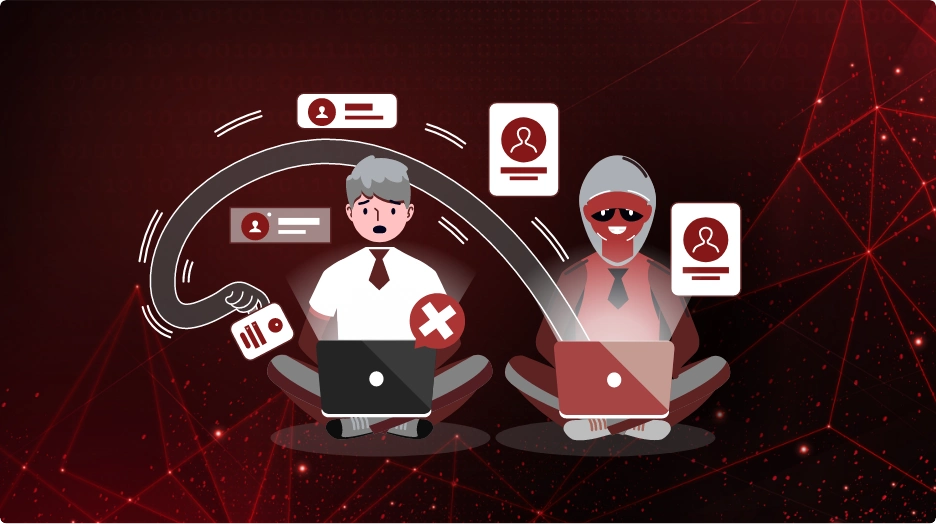Top InfoSec Innovator for SaaS Security Posture Management (SSPM)


CheckRed Editorial
In the Information Technology sector, Managed Service Providers (MSPs) and Managed Security Service Providers (MSSPs) play pivotal roles in ensuring the smooth operation and security of organizations’ digital infrastructures. MSPs and MSSPs offer a range of services, from managing networks and systems to safeguarding against cyber threats. A primary challenge that MSPs and MSSPs face is the growing threat of insider threats. Unlike external attacks, insider threats come from individuals within the organization or its trusted circles, making them harder to detect and mitigate. Insider threats can have severe repercussions like data breaches, and damages of both financial and reputational nature.

MSPs and MSSPs face unique vulnerabilities to insider threats due to the nature of their operations and dependencies. Understanding these vulnerabilities is crucial for implementing effective security measures.
Insider threats pose significant risks to both MSPs and MSSPs and their clients, with potential repercussions spanning various aspects of business operations and reputation.
One of the most immediate and tangible consequences of insider threats is the risk of data breaches and financial losses. Access privileges can be exploited to steal sensitive information, including intellectual property, customer data, or monetary assets. The loss of valuable data can result in financial repercussions, leading to costly recovery efforts and legal liabilities.
Beyond financial implications, insider threats can inflict lasting reputational damage and erode client confidence. Incidents of data breaches or security breaches can tarnish the reputation of MSPs and MSSPs, undermining trust and credibility with clients and stakeholders. The loss of trust can lead to client churn, potential business disruptions, and diminished market competitiveness, impacting long-term viability and growth.
Insider threats can also result in regulatory compliance failures, exposing MSPs and MSSPs and their clients to legal and regulatory scrutiny. Violations of industry regulations and data protection laws can attract hefty fines, penalties, and legal sanctions, further exacerbating financial losses and reputational damage.
Implementing effective strategies is essential for MSPs and MSSPs to prevent and mitigate insider threats, safeguarding their operations and client environments.
Given the critical nature of their responsibilities, MSPs and MSSPs must adopt proactive mitigation strategies like SSPM and CSPM solutions to counter insider threats effectively. By staying ahead of potential risks and vulnerabilities, MSPs and MSSPs not only protect their own operations but also ensure the security and integrity of their clients’ environments. As more and more digital assets are targeted every other day, proactive security measures become vital to maintaining trust and reliability in the IT ecosystem.
CheckRed is a comprehensive Cloud and SaaS Security Posture Management solution designed to address the evolving challenges of insider threats faced by MSPs and MSSPs. By offering both SaaS Security Posture Management (SSPM) and Cloud Security Posture Management (CSPM) functionalities under a single platform, CheckRed streamlines security operations and provides unparalleled visibility and control.
CheckRed empowers MSPs and MSSPs to proactively identify, assess, and mitigate insider threats across diverse client environments, and in their own organizational infrastructures. Its advanced features enable robust access controls, real-time monitoring, and risk detection, helping organizations stay ahead of emerging threats and safeguard critical assets.
MSPs and MSSPs must remain vigilant against insider threats to protect their operations and client environments. With CheckRed, MSPs and MSSPs can strengthen their security posture, enhance client trust, and mitigate the impact of insider threats effectively.
Dive into the future with our interactive demo
and explore the possibilities.
Related Posts